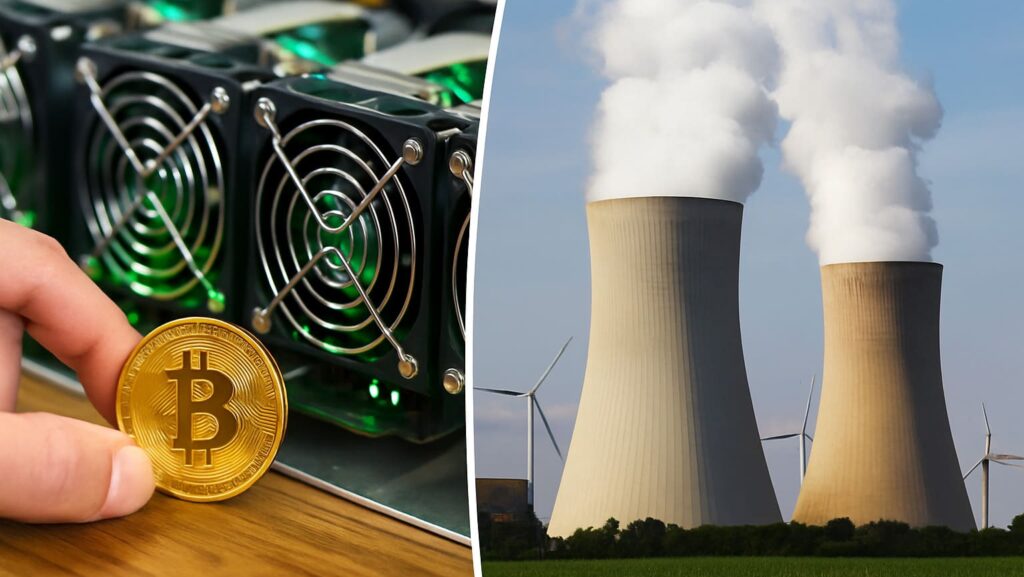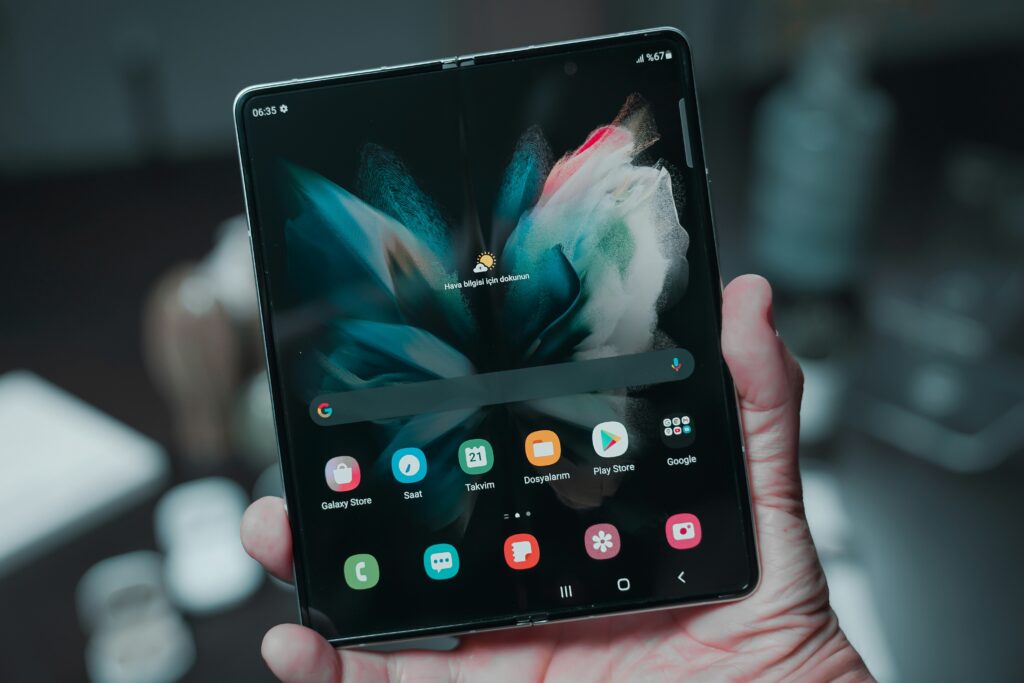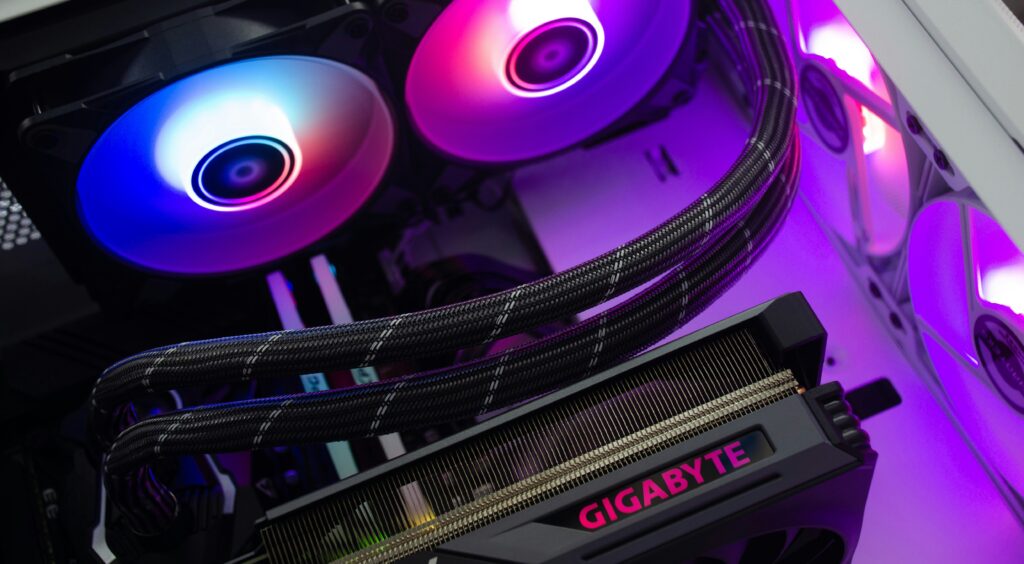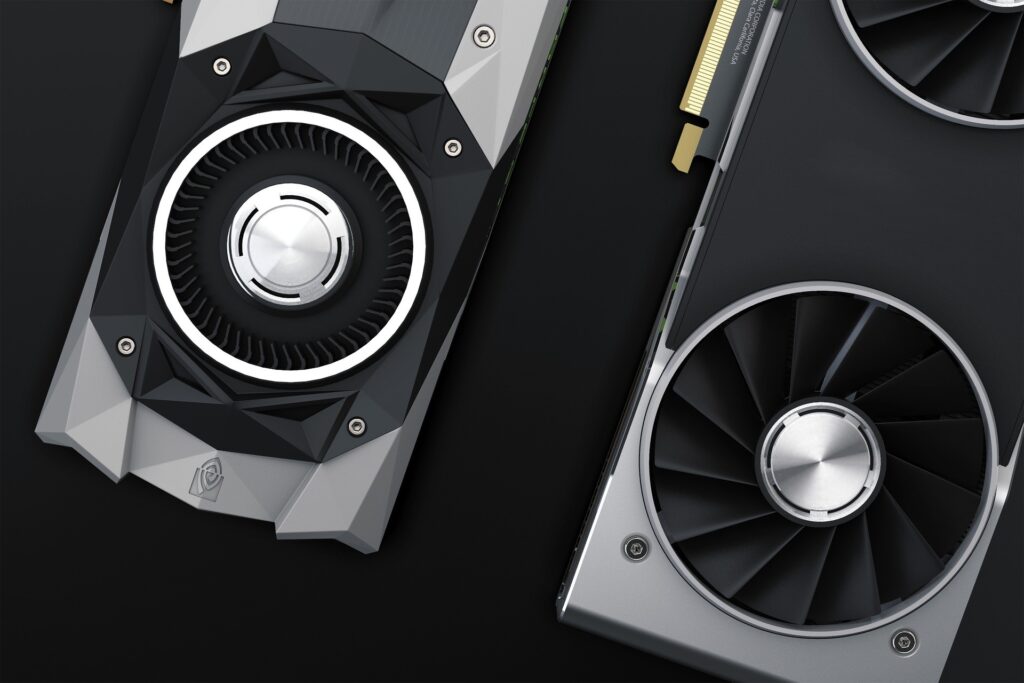The Debate That’s Dividing the Crypto Community
In 2025, a critical question dominates conversations in the crypto world: Is Bitcoin Mining Still Profitable, or has it turned into a costly, environmentally damaging pursuit?
Once considered the golden gateway to digital riches, Bitcoin mining is no longer a guaranteed moneymaker. As the network becomes more competitive and electricity rates fluctuate worldwide, profitability is harder to come by—especially for newcomers. And let’s not forget the other side of the coin: the environmental cost of running energy-hungry mining rigs 24/7.
This article explores both the financial and ecological sides of Bitcoin mining, helping you decide if it’s a smart investment—or a risk best avoided.

Related Read : The Truth About Cryptocurrency Risks: Game-Changer or Just a Gamble?
What Bitcoin Mining Really Means in 2025
A Quick Recap of How Mining Works
Bitcoin mining involves solving complex mathematical puzzles to validate transactions on the blockchain. Miners compete to be the first to solve these puzzles, and the winner receives Bitcoin as a reward.
Equipment, Power, and Purpose
Modern mining requires high-powered ASIC (Application-Specific Integrated Circuit) machines, optimized for speed and energy efficiency. These machines consume enormous amounts of electricity—raising questions about costs and sustainability.
Current Profitability Trends
Bitcoin Price vs Mining Costs
The biggest factor in profitability? The market price of Bitcoin. In 2025, Bitcoin’s value is fluctuating around $50,000–$65,000, but that’s only one side of the equation. Your mining income depends on how much it costs to run your setup—and that varies dramatically by location.
A single miner’s daily earnings can range from a few cents to a few dollars after deducting electricity and maintenance.
Global Hash Rate and Competition
As more miners enter the market, the network difficulty increases. This global hash rate surge reduces the odds of earning rewards for individual miners, especially those using older or less efficient hardware.

Related Read : Top 10 Crypto Wallets 2025 USA: Secure Your Digital Assets
Factors That Impact Profit Margins
Electricity Rates and Locations
Location matters—a lot. Mining in countries like Canada, Iceland, or Paraguay (where energy is cheap and cool weather helps with cooling) can be significantly more profitable than in high-cost regions like Western Europe or parts of the U.S.
Hardware Efficiency and Cooling
Newer ASIC models are more energy-efficient, but they come with a hefty upfront price tag. If your hardware is outdated, your profitability shrinks quickly. Also, managing heat through smart cooling solutions can improve lifespan and performance.
Hidden Costs Most New Miners Miss
Maintenance, Downtime, and Pool Fees
It’s easy to forget about:
- Repairing or replacing faulty components
- Downtime due to internet or power outages
- Fees charged by mining pools (usually 1%–3%)
These can eat away at your profits, especially if you’re operating at a small scale.
Regulatory Challenges by Country
Some countries offer tax incentives for green mining, while others impose harsh penalties or outright bans. You need to consider both local regulations and international shifts, like carbon taxes or crypto policies.
Comparing Industrial vs Home Mining Setups
Who Actually Makes Money Today?
Large-scale mining farms are still raking in profits due to bulk electricity rates, industrial cooling systems, and direct access to suppliers. Solo miners, however, struggle to stay afloat unless they have near-free power.
The Myth of “Passive Income” from Mining
While mining is often marketed as passive income, the reality involves constant equipment monitoring, power bills, firmware updates, and environmental adjustments. It’s far from “set it and forget it.”
Related Read : Top FinTech Platforms USA 2025: Revolutionizing Best Banking and Payments
The Environmental Cost of Mining Bitcoin
Energy Consumption in 2025: Has It Improved?
Despite advancements in energy efficiency, mining still consumes more energy than some small countries. According to recent studies, Bitcoin mining in 2025 uses over 120 terawatt-hours (TWh) per year—comparable to the electricity use of Argentina.
Clean Energy Mining: Is It Really Sustainable?
Some mining operations boast of using 100% renewable energy sources, like hydro or geothermal. But critics argue that even green energy has opportunity costs—could that power be used for hospitals, schools, or public infrastructure instead?
Innovations That May Make Mining More Efficient
AI and Predictive Algorithms for Mining Rigs
AI tools are now helping miners:
- Predict optimal mining times
- Auto-adjust voltage and cooling
- Extend hardware lifespan
These technologies may help cut costs, but require technical know-how to implement properly.
Green Blockchain and Carbon Offsets
Some blockchain projects are pushing for carbon-neutral or low-energy consensus mechanisms (like proof-of-stake), and even offering carbon credits for miners who offset emissions .
Alternatives to Traditional Bitcoin Mining
Cloud Mining: Scam or Solution?
Cloud mining lets you rent hash power from remote data centers. While it sounds appealing, the industry is filled with scams and low-ROI contracts. Always vet providers thoroughly before investing . Is Bitcoin Mining Still Profitable ?.
Staking vs Mining: The Eco-Friendly Alternative
Other cryptocurrencies like Ethereum have moved to staking models, which are far less energy-intensive. Staking allows users to earn rewards by locking their coins to support the network, without any physical hardware or energy costs .

Related Read : Top Cybersecurity Solutions for US SMEs 2025
Is Bitcoin Mining Worth It for Beginners in 2025?
ROI Timelines and Risk Assessment
Bitcoin mining still profitable For solo miners with limited access to cheap electricity, the return on investment (ROI) can take 12 to 24 months—and that’s assuming no major hardware failure or market crash. Is Bitcoin Mining Still Profitable ?
If you’re relying on mining as your main income, it’s risky. If you’re doing it as a hobby or side hustle, it can still be educational and marginally profitable.
Other Ways to Earn in Crypto
If mining feels too risky, consider alternatives:
- Staking coins like ETH or ADA
- Running a lightning node
- Yield farming and decentralized finance (DeFi)
- Building crypto content or tools
Related Read : Top Antivirus Software for US Users 2025: Protect Your Devices with the Best
Frequently Asked Questions (FAQs)
Is Bitcoin mining still profitable in 2025?
Yes, but only under specific conditions like low electricity costs, efficient hardware, and optimized setups.
What is the break-even point for solo miners?
Typically 12–24 months, but this depends on Bitcoin’s price, energy rates, and hardware quality.
Is Bitcoin mining legal everywhere?
No. Countries like China and Morocco have banned it, while others like the U.S. regulate it based on state laws.
Can I mine Bitcoin with a laptop or smartphone?
No. Bitcoin mining requires specialized ASIC hardware due to its complexity and energy demands.
Does mining always hurt the environment?
Not necessarily. If powered by renewable energy, the impact is reduced—but never zero.
Are there safer ways to invest in crypto than mining?
Yes. Staking, NFTs, trading, and DeFi protocols offer income opportunities without high electricity bills.
Conclusion: Profit or Problem? The Final Verdict
So, Bitcoin Mining Still Profitable or an Environmental Disaster?
The answer depends on your access to cheap electricity, efficient hardware, and technical skill. For some, it’s a lucrative operation. For others, it’s a losing battle against rising costs and ethical concerns.
From a financial perspective, mining can still pay off—but only with careful planning. From an environmental standpoint, it’s under heavy scrutiny. As the world pushes toward sustainability, even Bitcoin may have to evolve.
Bitcoin Mining Still Profitable or an Environmental Disaster
If you’re ready to mine, do it responsibly—and know what you’re signing up for.






